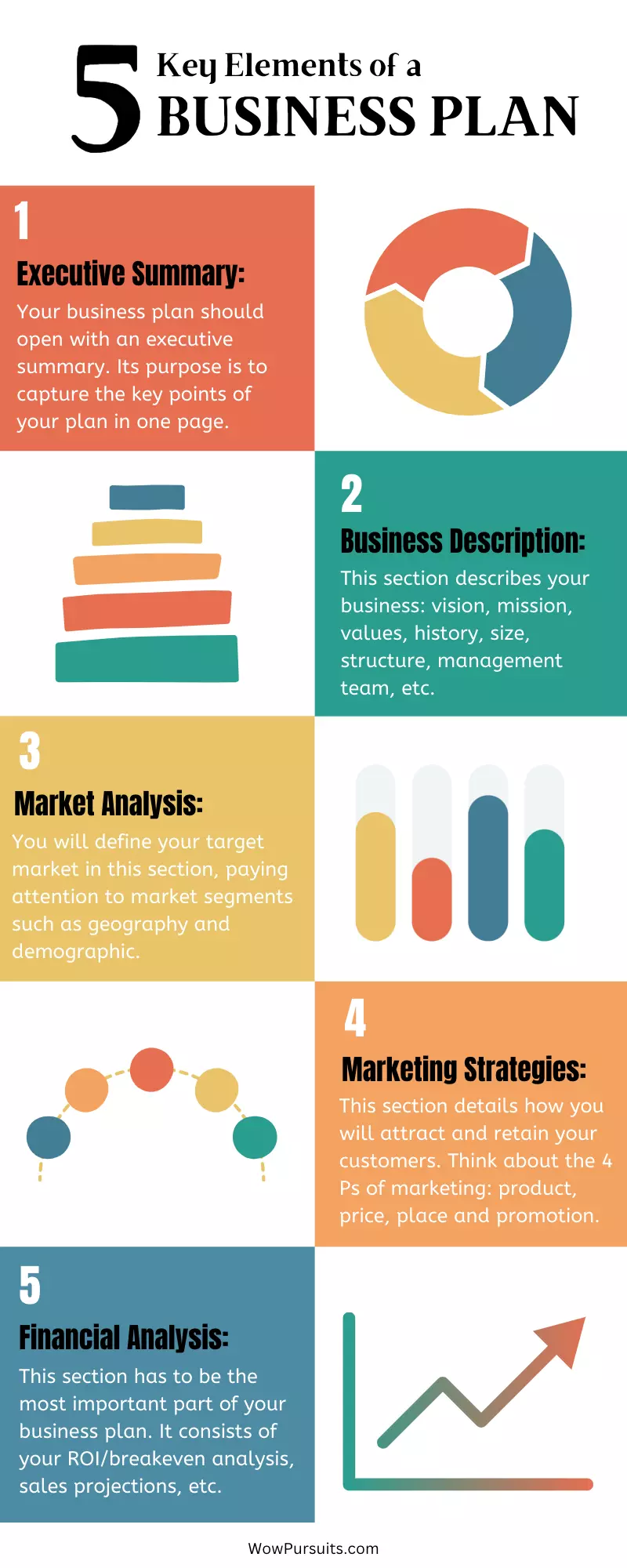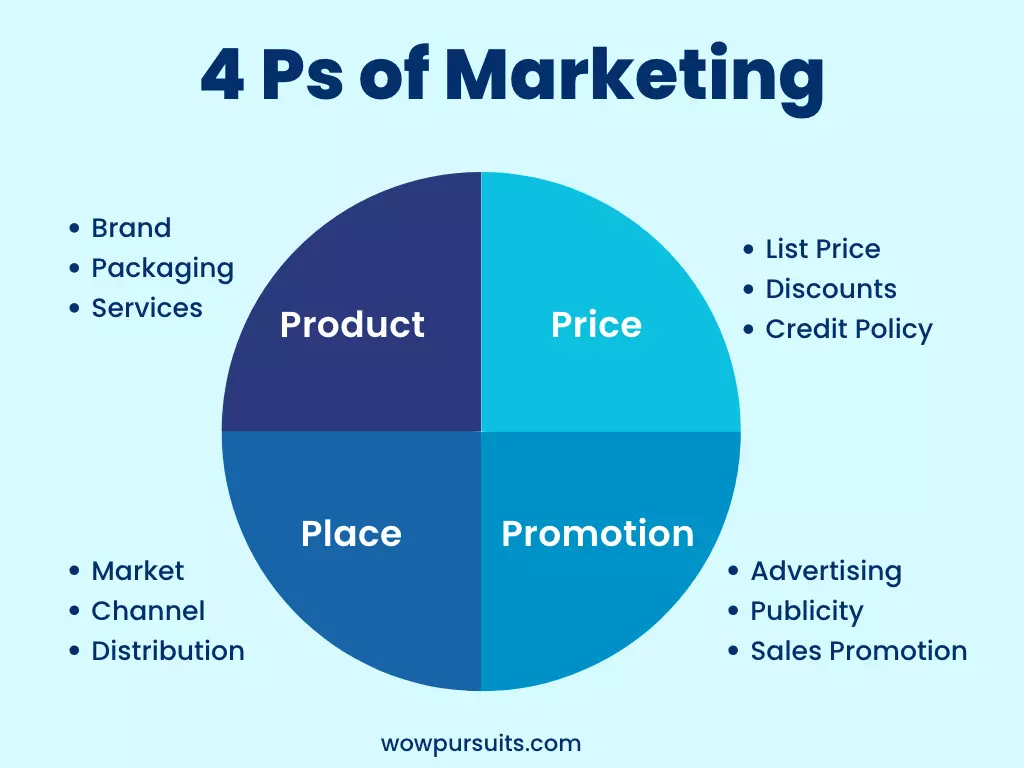If someone asked you to invest $100,000 or even $10,000 in a new venture, would you ask to see the business plan? If he doesn’t have a plan, would you question if he knows what he’s doing? It’s like many politicians (no offence). They make promises during campaigns but actually do not have concrete plans to deliver their promises when elected.
I have written three and a half business plans in my life. Why half, you might be wondering. Well, while planning for a potential business venture, I began to see things clearly. The six-figure start-up capital aside, the high overhead costs would absolutely kill me. Manpower crunch in the sector was also a valid concern. Definitely not a business I wanted to get into. Notwithstanding, it was not time wasted. I found mental clarity through the writing process and saved myself from a major financial pitfall.
Running a business is a journey and your business plan is your starting point. A good business plan stipulates who you are, what you want to do, and how you will do it.
This article covers the importance of writing a business plan and the key components of a good business plan. Do read on even if you do not see the need to craft a plan before going into your next venture. It can still serve as a checklist of things to consider (lest you overlook something).
1. What is a Business Plan?
Put simply, a business plan is a written roadmap that describes the future plans of your business. It defines your goals and how you plan on achieving these goals over a specific period. An in-depth business plan examines internal factors (e.g. core competencies), as well as external ones (e.g. competitor analysis). It also spells out strategies and plans including human resource, marketing and finance.
2. Why Do You Need a Business Plan?
Can you imagine assembling a jigsaw puzzle without a reference image? Compared to having an image to look at, you will definitely have a harder time getting the puzzle pieces to fit together.
A business plan is a company’s reference image. It establishes expectancy, paints the big picture and provides a framework for managing your business. It also identifies the dangers that you should watch for along the way and gives you strategies for dealing with possible obstacles. You would be surprised how many businesses are run in a haphazard manner. For real life examples, read ‘Why Some Businesses are Doomed to Fail from the Start‘ and ‘Your Business is Not Your Hobby for Crying Out Loud‘.
If you are an aspiring entrepreneur, writing a business plan for your start-up helps to crystallise your ideas. That’s why I always write a business plan. It doesn’t matter if no one except Mr Wow will be reading it. The whole point is to do my due diligence and put my ideas on paper as they occur to me. Taking the time to plan and think things through also prevents me from being too caught up in the excitement of starting a new business. We are talking about money after all.
The whole point is to do my due diligence and put my ideas on paper as they occur to me. Taking the time to plan and think things through also prevents me from being too caught up in the excitement of starting a new business.
Check out: Running a Business as a Married Couple: How We Made It Work
3. What to Include in a Business Plan?
It might sound paradoxical, but a good business plan should be detailed, yet concise. It should demonstrate thorough planning and include all the information that the reader needs. This is especially important if it is intended to raise venture capital. However, it should not be long-winded or difficult to understand. It should communicate your ideas as clearly and concisely as possible.
A good length is typically 20 to 30 pages, but it could well be shorter if it’s meant for your own reference.
Every business plan has a different table of contents. If you are writing a plan for a start-up, you might want to describe your products/services first, followed by market analysis and strategies before going into organisation and management. Your plan should be well-organised. Although no two business plans are alike, they do share five essential elements:

Executive Summary
Your business plan should open with an executive summary. Its purpose is to capture the key points of your plan in one page, highlighting your goals and strategies, as well as bringing attention to any major risks. Here is an example from a start-up training provider:
EXECUTIVE SUMMARY Novel Consulting is a Singapore-based training provider. The company offers a suite of 12 courses on sales, marketing and presentation skills. Its founder and principal consultant, Megan Chan has 20 years of training and consulting experience in Singapore, Kuala Lumpur, Bangkok and Jakarta. Novel Consulting is different because Megan brings her vast experience working in major Southeast Asian cities to each project. Clients who wish to establish a strong presence in the region will have full confidence that she is the right person to help them identify cultural differences and develop appropriate messaging that engages their target audience. Novel Consulting will generate S$1.7 million in revenue in the first year. It expects a growth rate of 10% per year thereafter. Megan will not draw a salary in the first year. She will instead take a 15% cut of the revenue. She will be assisted by two junior consultants. To launch, the company needs $100,000 start-up capital.
Business Description
This section of the plan describes your business: vision, mission, values, history, size, structure and management team. It also describes the products/services your company offers. If your company is a start-up offering new products/services, the description might need to be fairly detailed. You should also state the unique selling point (USP) of your products/services and identify your core competencies, i.e. areas where your business has specific expertise. Examples of core competencies are sales techniques, exclusive rights, patents and R&D capabilities.
Market Analysis
How are you going to create a need for your products/services? Who are you trying to reach and influence? You will define your target market in this section, paying attention to market segments such as geography and demographic. You will also take a close look at the industry in which you operate and analyse who you are up against, i.e. your competitors. You will assess their products/services, capabilities, weaknesses, price, market share and strategies.
If you truly understand your business and have analysed your market and competitors meticulously, you should emerge with a clear idea of your competitive advantages, strengths, weaknesses, opportunities and threats.
Marketing Strategies
This section details how you will attract and retain your customers. When developing your strategies, think about the four Ps: product, price, place, and promotion. They will help you maintain focus on the things that really matter.

Read Why Even Bother Having a Marketing Plan for more insights.
Financial Analysis
This has to be the most important part of your business plan. It consists of your ROI/breakeven analysis, as well as projections on sales, operating costs and capital outlays. If you are running an established business, you should include financial statements, namely balance sheet, profit and loss account, and cash flow statement.

There are, of course, other components that you might want to add to your business plan. For instance, before writing your market analysis, you might want to examine your external environment, which includes the economy, politics, technological developments (in particular disruptive innovation), as well as suppliers. All these external influences could affect your business in both positive and negative ways. Some business plans also contain an operating plan that spells out the main business processes and standard operating procedures (SOPs).
REMEMBER: Your investors are looking for a sound proposition, proof of good management, a well-thought-out marketing plan and an exit point.
In business, anything can happen, and probably will. However, a good business plan will help you avoid potential pitfalls and increase your success rate. Abraham Lincoln once said, ‘Give me six hours to chop down a tree and I will spend the first four sharpening the axe.’ It pays off to think about your approach before you act.
Thinking of starting your own business? Check out my article 7 Things to Know Before Starting a Business.

